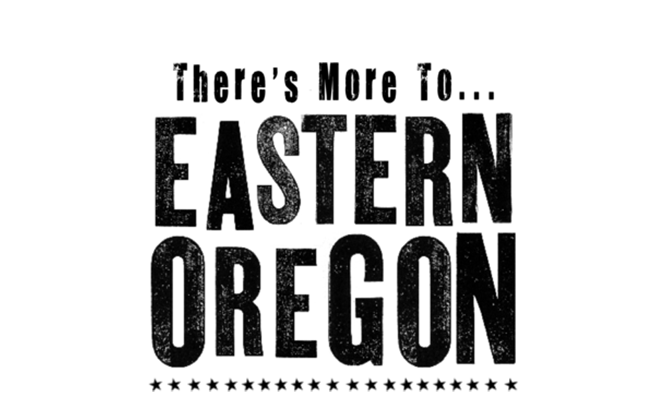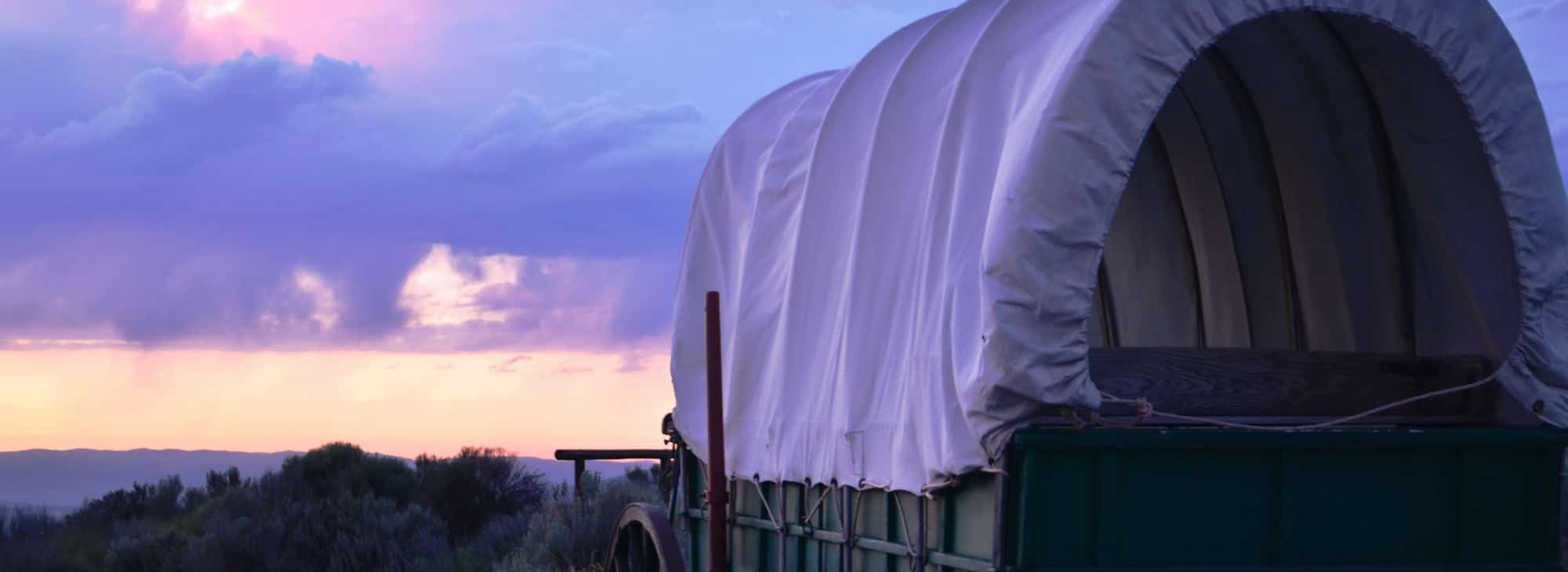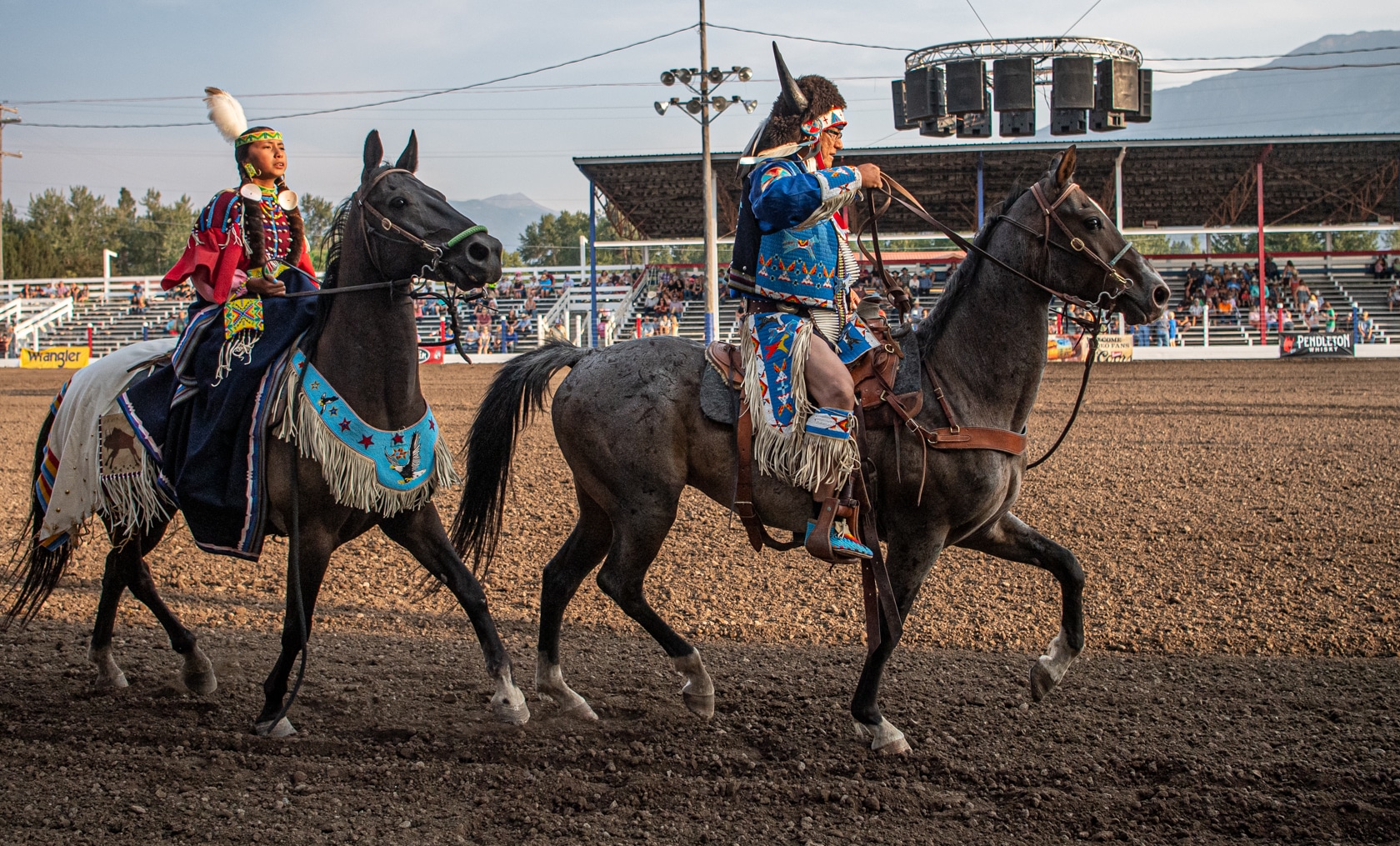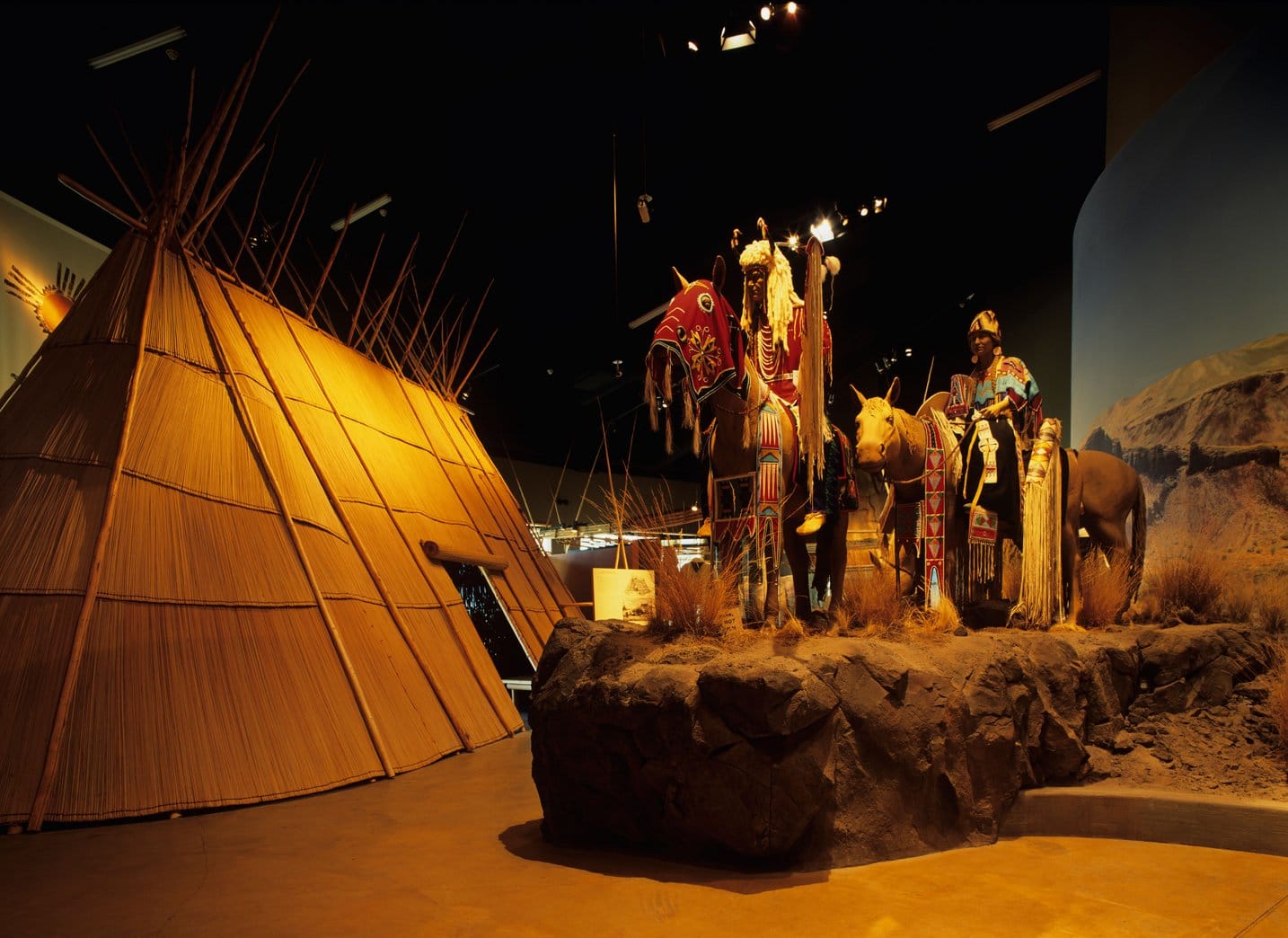Living History in Northeast Oregon
There’s a place where cowboys and Native Americans aren’t just characters in old western movies; where cattle drives, campfire stories and endless star-studded skies are part of everyday life. Explore the vast living history and rich legacy of the Native Americans, pioneers, artists and dreamers who have made their home in Northeast Oregon throughout the centuries. Visit the gravesite of Old Chief Joseph and learn about the special relationship between his Nez Perce tribe and the Wallowas. Marvel at the towering Sumpter Dredge, once used to bore through the landscape in search of precious gold. Imagine life as a pioneer on the Oregon Trail as you walk along wagon ruts left behind 175 years ago.
Day 1
Set up basecamp in Baker City, a charming community that rose to prominence in the 1860s when prospectors discovered rich deposits of gold here. That gilded legacy is still evident in the city’s beautifully-preserved Victorian-style homes and buildings.
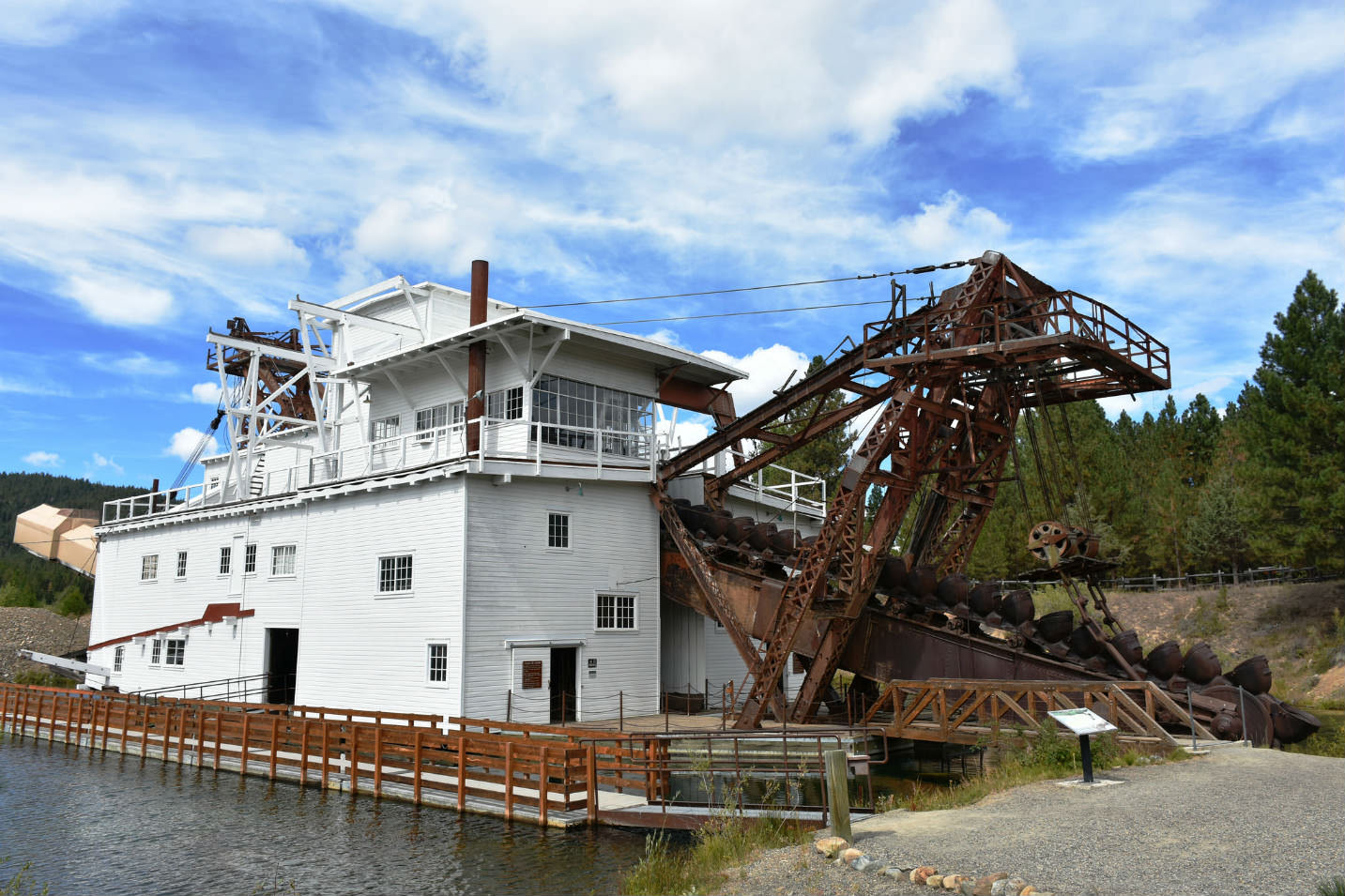
Sumpter Valley Dredge by Timothy Bishop
Dig deeper into the region’s gold mining history with a visit to the tiny town of Sumpter, south of Baker City on the Elkhorn Scenic Byway. Travel there by road or climb aboard the Sumpter Valley Railroad, a vintage, steam-powered locomotive that runs between McEwen and Sumpter on weekends and holidays during the summer months.
The Sumpter Valley Dredge State Heritage Site tells the story of the town’s gold rush in dramatic fashion. Rising five stories tall, the dredge’s massive 1-ton buckets – 72 of them – were used to bore through the riverbank and unearth more than $4 million worth of the precious metal.
Return to Baker City and spend the afternoon wandering around the art galleries, wine shops, breweries and eateries that make up the historic downtown district. The city boasts more than 100 structures listed on the National Register of Historic Places.
One of the highlights is the Geiser Grand Hotel with its iconic turreted clock tower. Inside, the storied hotel features ornate stained-glass ceilings, luxurious suites, tasty cocktails and upscale Northwest cuisine in its Palm Court restaurant.
Day 2
Spend the morning at the National Historic Oregon Trail Interpretive Center, where life-size dioramas, a replica wagon encampment, engaging videos, and pioneer artifacts transport visitors along the 2,000-mile journey west. The Center also offers unique experiences like a Dutch Oven cooking class and an interactive Wagons Ho! exhibit, where guests can try their hand at packing a full-size wagon.
Allow time to hike the Center’s four miles of trails, which lead to sweeping views of the Blue Mountains and some of the best-preserved wagon ruts of the Oregon Trail.
For a more modern perspective on Baker City’s cultural heritage, pay a visit to the Crossroads Carnegie Art Center, whose gallery features artists from Eastern Oregon and around the Pacific Northwest. The Art Center also offers a variety of classes and sponsors special events like the one-of-a-kind Great Salt Lick Art Auction.
Cap off the day with a sizzling steak, a diet staple here in Oregon’s cattle country, at Haines Steakhouse.
Day 3
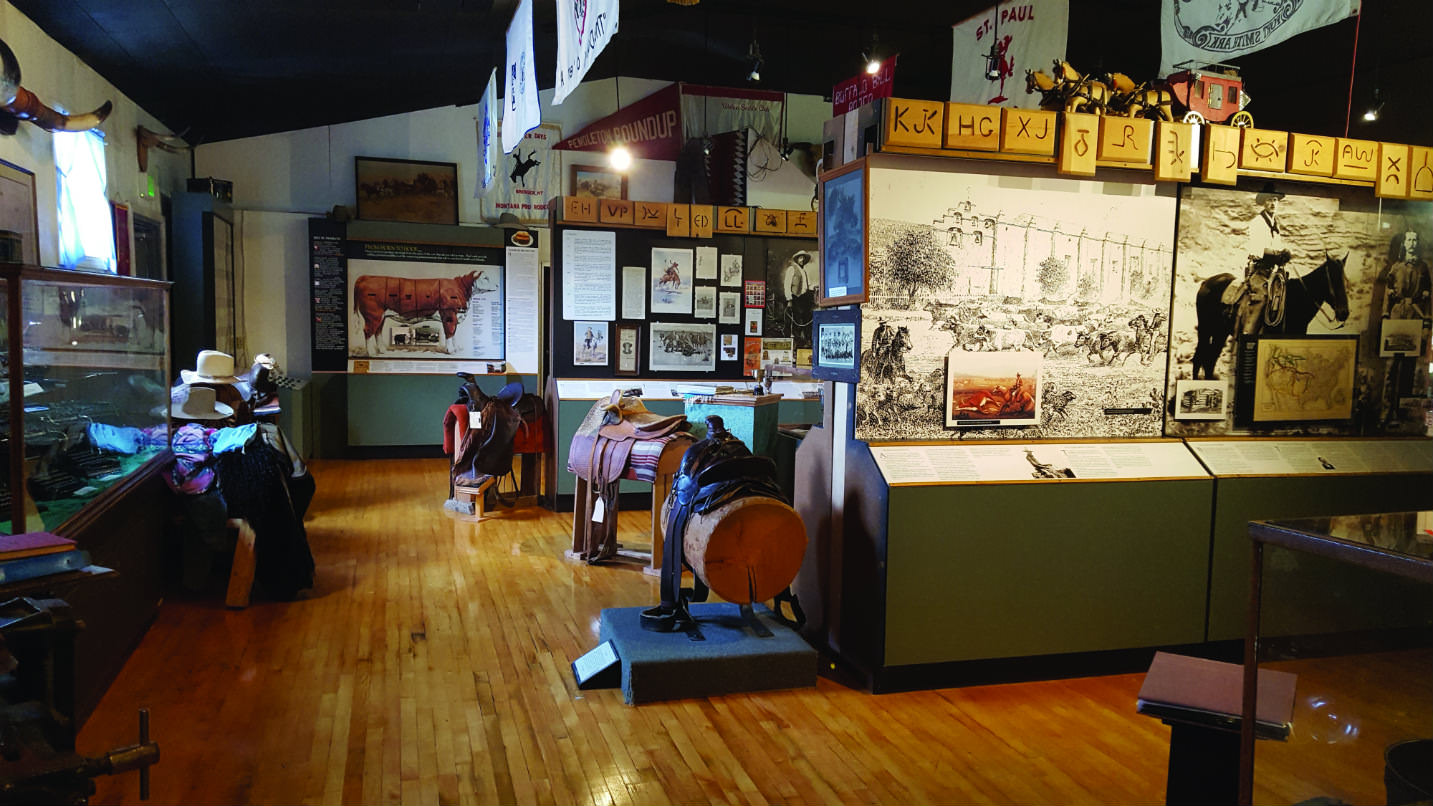
Union County Museum
From Baker City, head north on Interstate 84 and Highway 237 to the farming and ranching community of Union. The Union County Museum’s collection pays homage to this rich tradition with displays devoted to agriculture and timber, as well as a fascinating Cowboys Then and Now exhibit, which traces the history of cattle and cowboys in the American West.
Just up the road in La Grande, art lovers should make time to visit the Art Center East, which showcases local artists and hosts a variety of classes and special events. If you’re in town in October, don’t miss the annual Eastern Oregon Film Festival.
Check the schedule and book your tickets for a live theater performance at the Historic Elgin Opera House, a quick 20-minute drive from La Grande.
Day 4
Highway 82 winds its way through rich farmland, dense forests, and friendly small towns to Joseph, a picturesque community nestled in the shadow of the spectacular Wallowa Mountains, one of Oregon’s 7 Wonders.
Book a tour at the Valley Bronze Foundry for an up-close view of the sculpture-making process. In addition to finished sculptures, the gallery’s collection includes paintings and photographs from local artists.
Several of the Foundry’s casts can be viewed on the public Bronze Art Walk, which includes seven permanent bronze art pieces on display along Joseph’s charming Main Street. Spend some time checking out the pieces, as well as the galleries, wine, home décor or chocolate shops, and breweries that line the street.
Just outside Joseph, on a small hill overlooking Wallowa Lake, you’ll find the gravesite of the town’s namesake: Old Chief Joseph, leader of the native Nez Perce tribe. For centuries, the Nez Perce made their home here; hunting, fishing, and gathering wild plants in the mountains, canyons, and streams of this region. That all changed with the discovery of gold, an influx of settlers, and the signing of the 1863 Treaty, which confined the tribe to a reservation in northwest Idaho.
For more of the living history and a spectacular view, cap off your visit at the stunning Joseph Canyon Overlook, 30 miles north of Enterprise on Highway 3. The Overlook offers interpretive signs describing the role the canyon played as the winter home of the Chief Joseph Band of the Nez Perce tribe and their journey from the area in 1877.
